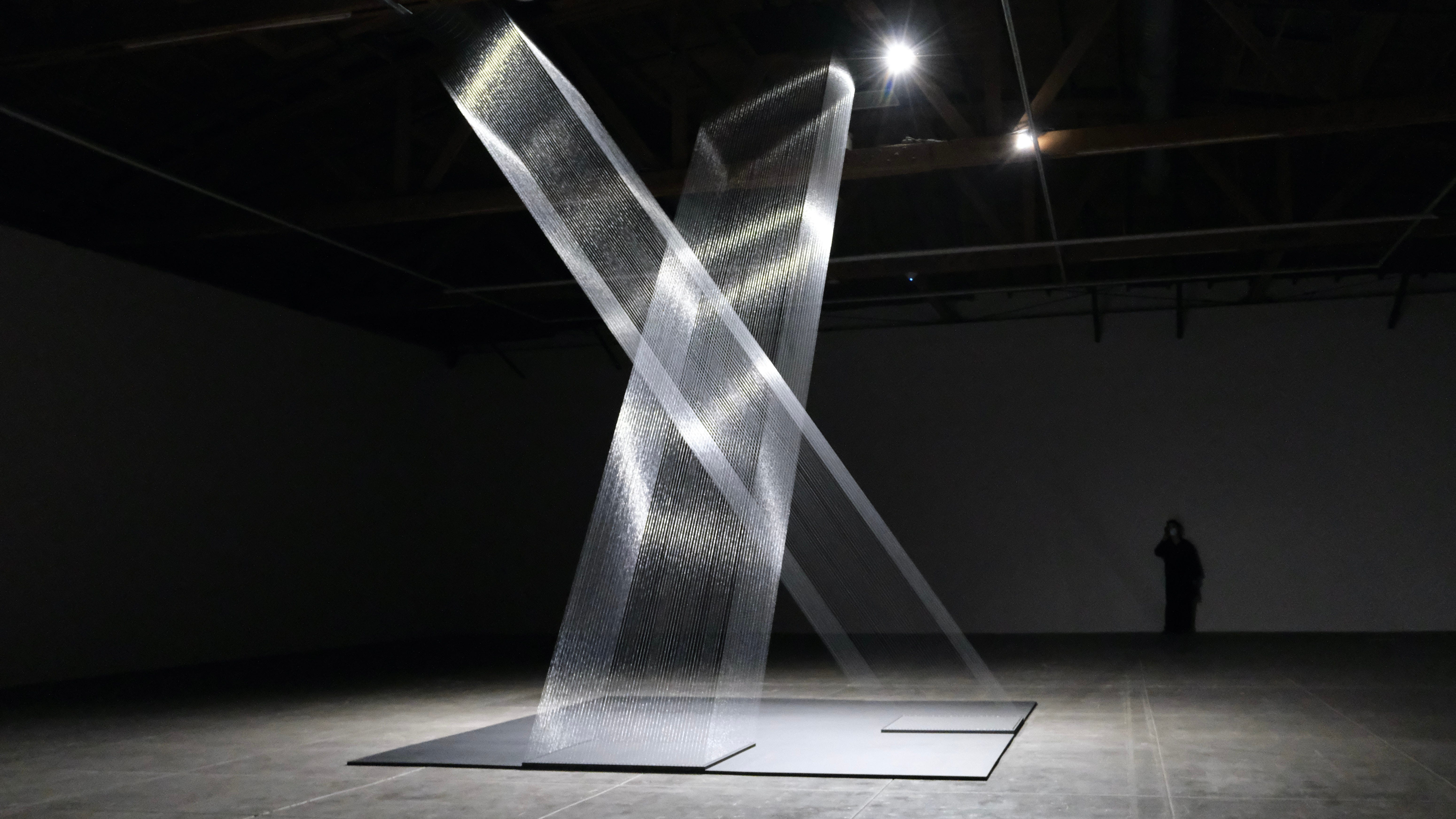Lygia Pape Tupinambá (Capsule Review)


[Original publication: No Proscenium, 5/11/21]
Get Laura Hess’s stories in your inbox
Join Medium for free to get updates from this writer.
SubscribeSubscribe
In DTLA’s Arts District, Hauser & Wirth is hosting Los Angeles’ first solo exhibition of Brazilian artist Lygia Pape. In the 1950s, Pape was a founding member of Brazil’s Neo-Concrete Movement, which rebelled against that period’s climate of “rational” art. Instead, Pape and her fellow members strove for art imbued with sensuality; art that engaged the senses and could only be understood through truly experiencing it.
Tupinambá encompasses two galleries, from two different decades of Pape’s career. The first is a multimedia presentation from the end of Pape’s life and includes video, drawings, small sculptures peppered throughout, and a central, massive sculpture. The installation is anchored by an underlying narrative about the Tupinambá people’s tradition of cannibalism. And so, the sculptural works in this gallery have a disembodied sensibility, which didn’t fully resonate for me, the exception being the evocative apex sculpture Manto Tupinambá.
The second gallery is a world unto itself. In a cavernous room, a single sculpture somehow radiates through the entire space. Made of silver and gold thread which seems more like fine steel, the sculpture plays an “elusive game of light and shadow” with viewers and, at times, completely disappears. The sculpture is part of Pape’s Ttéia series, a term Pape coined by combining the Portuguese word for ‘web’ and ‘teteia,’ “a colloquial term for something graceful and delicate.” This work delivers on the Neo-Concrete Movement’s dedication to create works activated by viewers. It’s a mesmerizing experience and not to be missed.